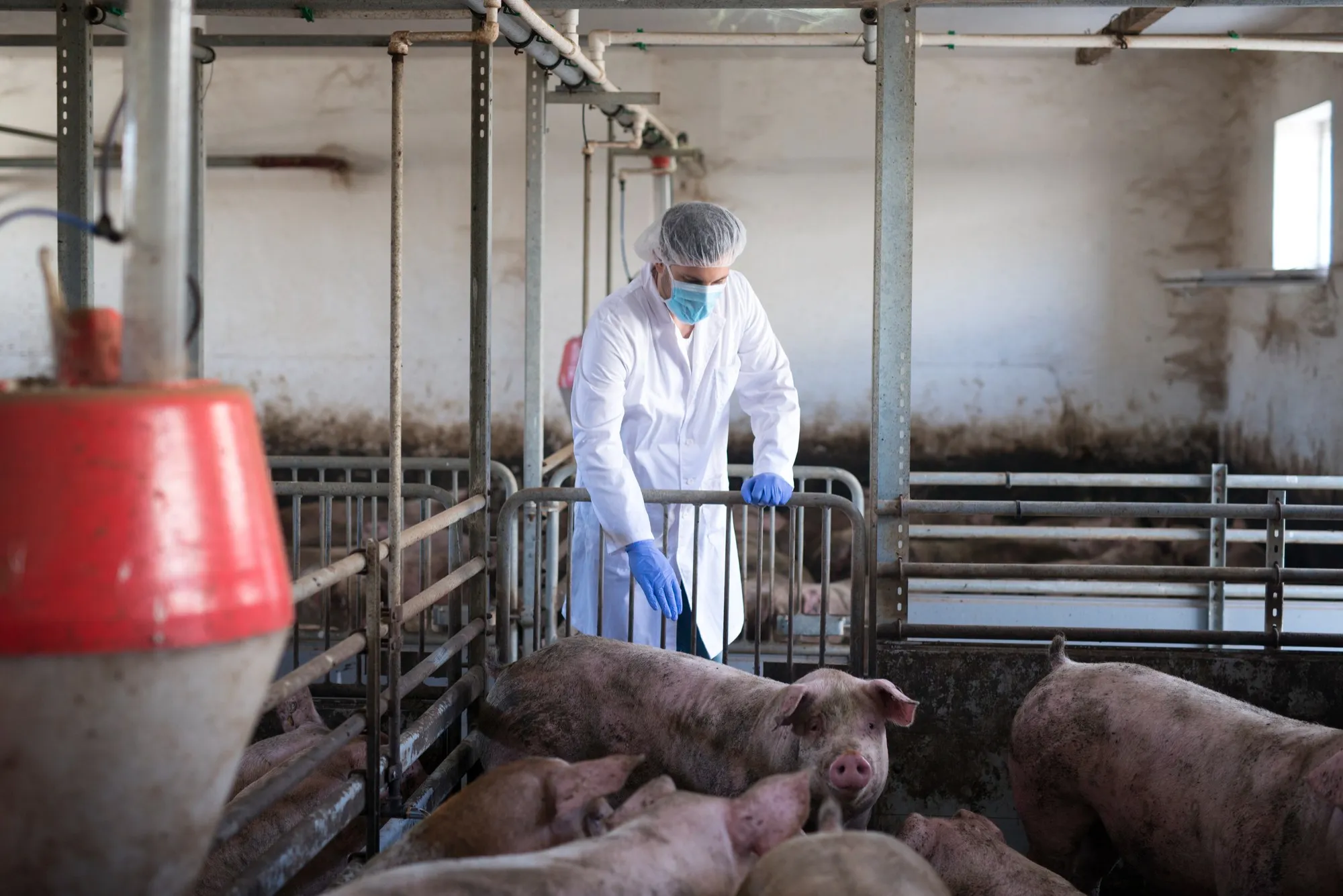Introduction
In a groundbreaking review published on January 12, 2024, in the Journal of Vascular and Interventional Radiology (JVIR), a team of researchers, led by Jason J. Chiang from the David Geffen School of Medicine at UCLA, presents compelling evidence for the use of pigs as a clinically relevant model for cancer research, particularly in bridging interventional oncology and immunotherapy.
The Shift from Rodent Models to Pigs
Historically, rodent models have been the backbone of preclinical oncology research. Their contributions to scientific advances cannot be overstated; however, various limitations have prompted researchers to seek alternative animal models. The limitations of rodent models primarily stem from their size and anatomic dissimilarities with humans, which hinder the application and evaluation of interventional tools used in clinical settings. In contrast, pig models offer an anatomical and physiological environment that is much more comparable to humans. This similarity extends to critical interventional oncology practices, allowing for the deployment of human US, CT, and MRI platforms to study image-guided interventions more effectively.
The research team, which also includes Justin J. Lee, Ed F. Boas, Raimon Duran-Struuk, Ron Gaba, Kyle M. Schachtschneider, Begonya Comin-Anduix, Zoran Galic, Salem Haile, and Ali Bassir, advocates for the advanced use of pig models in medical research, citing their size and immunologic features that closely mirror the human body.
Interventional Oncology and Immunotherapy
Interventional oncology, a subspecialty within cancer treatment, focuses on image-guided procedures that target tumors directly. This field has seen numerous technological advances but still faces challenges in predicting outcomes due to the complexities of human cancer.
Immunotherapy, on the other hand, aims to harness the body’s immune system to fight cancer. While it has become a game-changer in treating certain types of cancer, researchers are still exploring ways to optimize these therapies.
Combining interventional oncology with immunotherapy could open up new avenues for cancer treatment. For example, image-guided interventions may be used to release tumor antigens, which in turn activate the immune system—a strategy potentially intensified by simultaneous immunotherapy.
The Advantages of Pig Models
The review articulates several benefits of using pig models for interventional oncology research. Among these, their size stands out as a significant advantage, enabling a closer mimicry of human cancer interventions. Furthermore, pigs’ immune systems resemble that of humans more closely than rodents, offering a more relevant canvas for immunotherapeutic studies.
Additionally, technological advancements have allowed for the development of more sophisticated pig models of cancer, including genetic modifications that result in tumors similar to those seen in humans. This creates opportunities for studying not only the physiological outcomes of therapies but also their effects on the genetic landscape of cancers.
Challenges and Considerations
Despite the potential benefits, the researchers underscore the need for further investigation into both the pig immune system and its response to malignancies. Understanding these aspects is crucial to fully harness the potential that pig models offer to cancer research.
Moreover, ethical considerations associated with the use of larger animals in research must not be overlooked. The research community must balance the scientific utility of pig models with ethical standards, advocating for responsible use that minimizes suffering and numbers of animals used.
Conclusion
The JVIR review concludes that pig models represent a promising direction for advancing the synergisms between interventional oncology and immunotherapy. The researchers call for additional research to optimize pig models’ utility and effectively translate findings into human clinical practice.
Keywords
1. Pig Models Cancer Research
2. Interventional Oncology Immunotherapy
3. Image-guided Cancer Therapies
4. Pre-clinical Oncology Models
5. Pig Immune System in Research
References
1. Chiang, J. J., Lee, J. J., Boas, E. F., Duran-Struuk, R., Gaba, R., Schachtschneider, K. M., Comin-Anduix, B., Galic, Z., Haile, S., & Bassir, A. (2024). Pigs as clinically relevant models for synergizing interventional oncology and immunotherapy. Journal of Vascular and Interventional Radiology, S1051-0443(24)00009-5. DOI:10.1016/j.jvir.2024.01.005
2. Suckow, M. A., Brammer, D. W., Rush, H. G., & Chrisp, C. E. (2011). The laboratory pig. CRC Press. [ISBN: 978-1-4398-3837-9]
3. Brennan, M., & Fisher, M. (1998). A Review of the Development of a New Pig Model for Research in Cardiovascular Biomaterials and Artificial Heart Design. Journal of Biomaterials Applications, 12(3), 257–272. DOI:10.1177/088532829801200304
4. Prather, R. S., Lorson, M., Ross, J. W., Whyte, J. J., & Walters, E. (2013). Genetically engineered pig models for human diseases. Annual Review of Animal Biosciences, 1, 203-219. DOI:10.1146/annurev-animal-031412-103715
5. Alonso-Gonzalez, N., Marmonti, E., & Walcher, T. (2018). Pig Models in Translational Medicine: Moving from Mice to Men. Translational Medicine Reports, 2(7456). DOI:10.4081/tmr.7456
